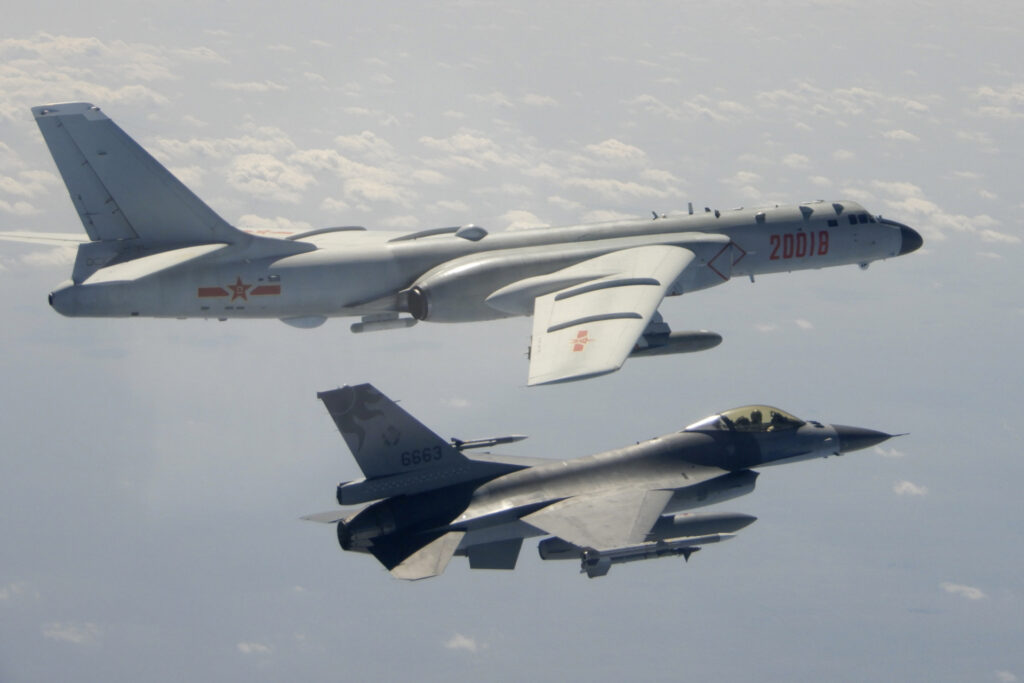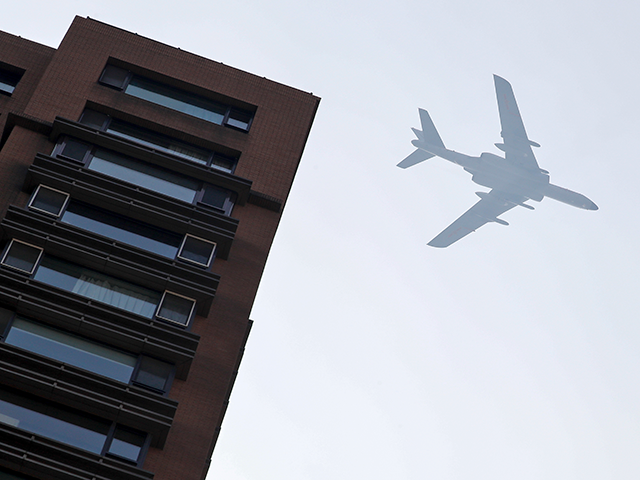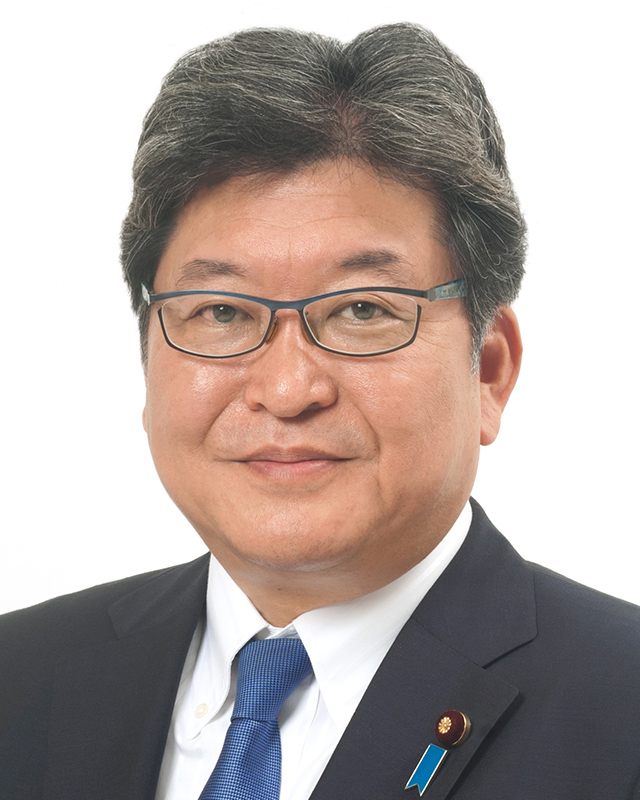Taiwan’s Ministry of National Defense said on Tuesday that, during the previous 24 hours, the People’s Liberation Army (PLA) of China sent 18 Xian H-6 nuclear-capable bombers into Taiwan’s Air Defense Identification Zone (ADIZ) — a record number of bombers in a single day for China’s intimidating flights across the Strait of Taiwan.
The Taiwanese military said the H-6 bombers were accompanied by a Shaanxi Y-8 propeller transport aircraft configured for anti-submarine warfare, another Y-8 configured for reconnaissance, and a Shenyang J-11 air superiority fighter. Three surface warships and eight other military aircraft were detected in the area.
The Y-8, J-11, and H-6 are all Chinese adaptations of old Soviet Union designs. The H-6 is the most extensively upgraded and dangerous of the planes, with substantial improvements in range, payload, and electronic warfare capability. The H-6K strategic bomber variant can carry up to six cruise missiles with nuclear warheads.

In this Feb. 10, 2020, file photo and released by the Republic of China (ROC) Ministry of National Defense, a Taiwanese Air Force F-16 in foreground flies on the flank of a Chinese People’s Liberation Army Air Force (PLAAF) H-6 bomber as it passes near Taiwan. (Republic of China (ROC) Ministry of National Defense via AP)
“By sending more and more strategic bombers with anti-access and area denial capabilities, China could be delivering a message that they are able to deny any foreign support to Taiwan,” analyst Jyh-Shyang Sheu of Taiwan’s Institute for National Defense and Security Research (INDSR) told Radio Free Asia (RFA) on Wednesday.
Sheu added that China’s bombers appeared to be configured not for nuclear warfare, but to “attack Taiwanese military targets but most importantly to deny foreign reinforcement, such as from U.S. aircraft carriers.”
The PLA recently claimed its latest-generation H-6 bombers can carry hypersonic cruise missiles, which would represent major threats to U.S. aircraft carriers.
The Chinese show of force was evidently timed to coincide with Japanese politician Hagiuda Koici visiting Taiwan. Hagiuda, a member of Japan’s governing Liberal Democratic Party (LDP) and a close ally of the late Prime Minister Abe Shinzo, is one of the most senior Japanese officials to visit Taiwan in years.
Japan is set to identify China as an “unprecedented strategic challenge” in its next national security strategy document, the first major revision to Japan’s formal security policy since 2013.
The Chinese government is extremely unhappy with its new classification as a strategic “challenge” – a label that came very close to being “unprecedented strategic threat,” but the terminology was watered down slightly in a political compromise between Japanese parties.
“In our opinion, the insecurity shown by Japan is largely feigned to find excuses for the loosening of constraint on its military power. Every point Japan arches forward in this direction implicates the fracturing of the security pattern in the entire East Asian region,” China’s state-run Global Times alleged in a Wednesday editorial, after 800 words of high dudgeon that anyone under the flag of the Rising Sun would dare to call the peace-loving government in Beijing a “threat.”
Japan further angered China by agreeing in principle this week to join the U.S. effort to tighten export controls on advanced computer chips to China. China filed a complaint with the World Trade Organization (WTO) on Tuesday, accusing Washington of abusing export controls for political reasons and interfering with global trade.


COMMENTS
Please let us know if you're having issues with commenting.